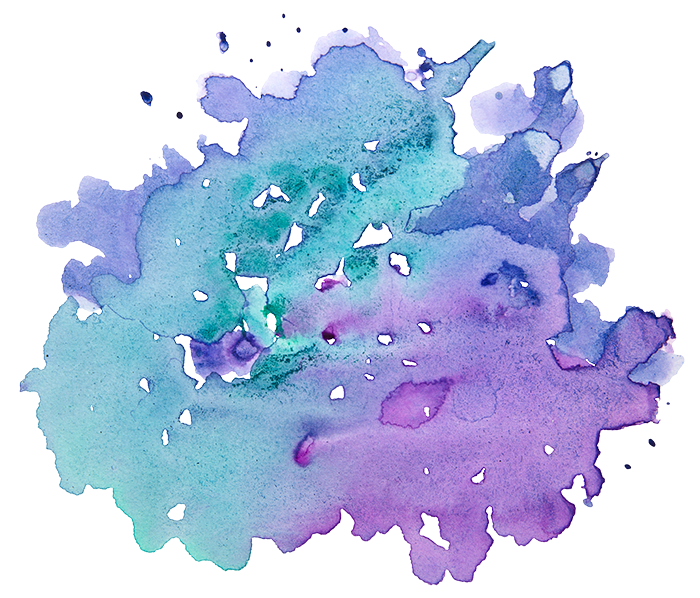by Kelly Banker, Intern
 A few weeks ago, I was in deep need of a ritual space. I was yearning for a way to mark a rite of passage, a moment in time, with my partner (who is Christian), and yet finding something that would be meaningful for the both of us was feeling increasingly difficult. I felt drawn towards marking the day with Jewish ritual, which I knew might be a challenge as an interfaith couple. I can’t quite name what the calling to Jewish ritual is, but it feels visceral, ancestral – written into my body. When I asked my partner if he would be willing to mark this moment by visiting Mayyim Hayyim together, he was receptive but also distanced from it. He said that he would definitely go with me, but that it would be for me, and not for him. Since he is Christian, and the mikva’ot at Mayyim Hayyim are for Jews and those converting to Judaism, immersing is neither an option for him nor a strong point of identification. However, he is wonderful and knows how important the mikveh is to me, so he went along with me.
A few weeks ago, I was in deep need of a ritual space. I was yearning for a way to mark a rite of passage, a moment in time, with my partner (who is Christian), and yet finding something that would be meaningful for the both of us was feeling increasingly difficult. I felt drawn towards marking the day with Jewish ritual, which I knew might be a challenge as an interfaith couple. I can’t quite name what the calling to Jewish ritual is, but it feels visceral, ancestral – written into my body. When I asked my partner if he would be willing to mark this moment by visiting Mayyim Hayyim together, he was receptive but also distanced from it. He said that he would definitely go with me, but that it would be for me, and not for him. Since he is Christian, and the mikva’ot at Mayyim Hayyim are for Jews and those converting to Judaism, immersing is neither an option for him nor a strong point of identification. However, he is wonderful and knows how important the mikveh is to me, so he went along with me.
I had spoken to the staff at Mayyim Hayyim in advance of my visit to think through how to best make my partner feel welcomed and involved, despite his not being able to immerse. We talked through several options, including a hand-washing ritual and his being present in the space to witness my immersion (Mayyim Hayyim empowers guests to choose how their friends and family will support them). I was inspired by their attention to ensuring that Mayyim Hayyim was welcoming for an other-than-Jewish person who was understandably apprehensive about visiting a mikveh.
When my partner and I stepped across Mayyim Hayyim’s threshold, we felt a subtle shift. The warmth and kindness of our mikveh guide made us both feel at ease, and since she had been informed of our interfaith status, she focused her tour on providing information so that my partner would feel comfortable, able to ask questions, and connected to the place and to the ritual itself. Prior to arriving, he and I had decided that he would witness my immersion. Yet there was something ineffable about walking through the space with our guide, a sort of gentle calm that neither of us could quite pinpoint. As I began preparing, I felt my nerves begin to spark. Was it strange to have my partner witness me? Was it too non-traditional for the both of us? Would the immersion hold meaning for me if he was there, and vice versa?
I stepped into the mikveh room wrapped in my sheet, and there he was, waiting for me. As the mikveh guide had taught him, he held up the sheet to obscure his view, and I walked the seven steps into the sacred water. As I immersed, he lowered the sheet just beneath his eyes to witness my transformation. I prayed, sang, and felt held by the water-womb and by his modest, unassuming gaze. I climbed the seven steps out of the water and he wrapped me back in the sheet. I had never felt such warmth.
As we thanked our guide and stepped out into the chilly air, I felt a newness on my skin, the blooming of new beginnings and the bittersweet sting of endings. We held hands, and I asked him what he thought. He breathed deeply and paused. “It’s a holy place.”
His words underscored what many of us who immerse here regularly know, but it was a feeling I never thought would be accessible to us as a couple. We walked on, hand in hand, the air chilly against our faces, still basking in the afterglow of Mayyim Hayyim’s quiet holiness.
Are you interested in thinking more about interfaith relationships? Join us on Sunday January 24th at 3:30pm for “Intermarriage & Gender in American Jewish Life: Dispelling the Myths about Marrying Out.”
Kelly Banker is an intern at Mayyim Hayyim. She is also a resident organizer at Moishe Kavod House and teaches Hebrew school at local synagogues. Kelly recently earned her BA from Carleton College in Religion and Women’s Studies, and has worked as an advocate for survivors of sexual violence. Kelly is also a doula, a farmer, and a certified yoga teacher. She loves movement, exploring the woods, poetry, and the moon.

